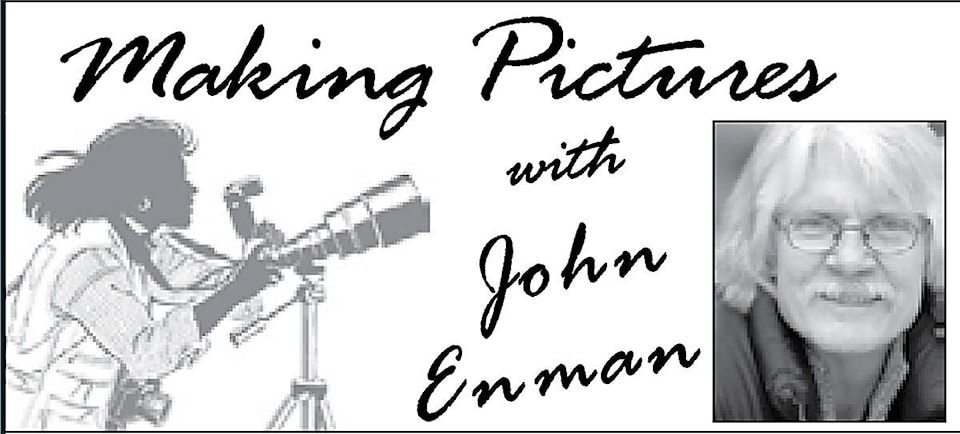I am wondering if now that the end of February is here if we will have warmer days with a bit of early spring growth. The above freezing temperatures that the TV weather person is promising will surely be accompanied with photographers grabbing their cameras and tripods to wander out to record the ending of winter’s beauty.
This past month my shop was very quiet. Friends had come by to say hello, but there hasn’t been many people looking for camera equipment.
However, this week has been a welcome change, with lonely DSLRs and new-to-them lenses leaving in the hands of excited photographers. Maybe its the changing weather or that ‘tired of this pandemic’ feeling that got photographers calling and stopping to ask questions about lenses.
I have been told that the “camera captures a subject’s personality”. But in my opinion, it’s the lens that allows the resulting image to say something about the photographer.
The photographer uses the lens to alter the visual personality of the image, and I suggest that serious photographers are engaged in what I’ll call “a search for a perspective that fits their personal vision”.
“What lens would be best for…?”
That’s the question I was asked more than once this past week, and I like talking about lenses.
I don’t believe that there is one lens that can be termed a landscape lens, or one lens that is best for portraits. Any lens might be used as long as it meets the photographer’s vision. That might be a wide-angle lens for a wide vista, or on the other hand a tighter view created with a telephoto lens.
There once was a vast difference between a prime lens and a zoom lens – but these days its getting hard to see much difference in sharpness with modern lenses. The choice of lens comes down to what the photographer wants the viewer to feel and see.
A wide-angle lens has a curved front surface allowing for a wider view. The distance between the foreground and background subjects will seem extended and objects closer to the lens will look much bigger in relation to those in the background, therefore become more important in the photo. Whereas, with a long focal length lens like a 200mm all the elements will be compressed, depth of field reduced, and in the final image no one subject in the photograph gains significance over another.
In a practical example, when one is photographing a boat on the lakeshore with mountains in the background, a long focal length like a 200mm will be compress everything in the final image with no subject gaining significance over another. Yet, a 20mm lens will make the boat large, and mountains in the background small and distant. A portrait shot with that 200mm will reduce the field of focus (depth of field) but a 35mm will increase the depth. Both may be good photographs of those subjects, just different interpretations.
The most appropriate lens depends on the perspective and what the photographer wants to say about his or her subject. The focal length adjusts the visual relationships of the objects within the picture whether a portrait or a scenic.
Those photographers that asked me, and I’m sure other experienced photographers, our opinion about lenses for the kind of photography they are interested in are researching their next purchase the right way. “Research” makes for the best decision.
I’ll sum up by repeating what I once wrote in another article about lenses. “It comes down to the personal vision of the photographer and what he or she wants to say about their subject.”
Famous photographer, Ansel Adams said, “problem solve for the final photograph”.
Stay safe and be creative. These are my thoughts for this week.
Contact me at www.enmanscamera.com or emcam@telus.net
_______________
Like us on Facebook
